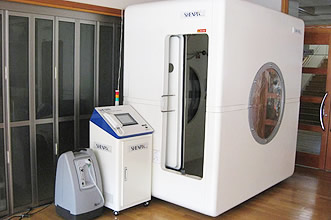Use of Cutting-edge Science
For high-altitude training to be effective, it is essential that athletes continually monitor their acclimatization to high altitude and adjust training volume accordingly. The NTC Highland Training Performance Enhancing Facility has equipment available that can perform the following measurements.
Heart Rate (Device Used: Heart Rate Monitor)
Heart rate measured when waking up and during training indicates levels of high-altitude acclimatization and fatigue. At the beginning of a high-altitude stay, the athlete experiences elevated heart rate when waking up due to dehydration, but after 3 to7days, heart rate returns to previous norms.
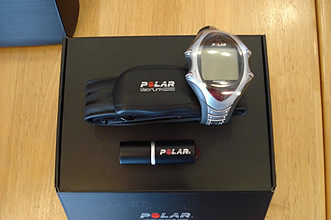
Blood Lactate Concentration (Device Used: Lactate Pro)
Blood Lactate Concentration (Device Used: Lactate Pro)
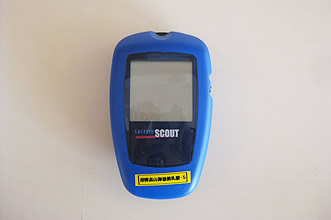
Urine Specific Gravity (Device Used: Urine Specific Gravity Refractometer)
Measuring urine specific gravity when waking up and during training indicates levels of dehydration.
At the beginning of a high-altitude stay, urine specific gravity increases due to dehydration, but this value gradually falls.
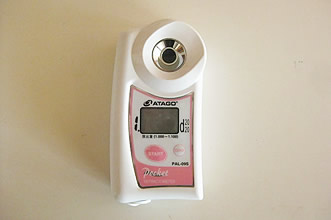
Arterial Blood Oxygen Saturation (Device Used: Pulse Oximeter)
Measuring arterial blood oxygen saturation when waking up and during training provides a general indication of acclimatization. At the beginning of a high-altitude stay, in contrast to a raised heart rate, the athlete experiences reduced arterial blood oxygen saturation when waking up, but after 3 to 7 days, this value gradually increases.
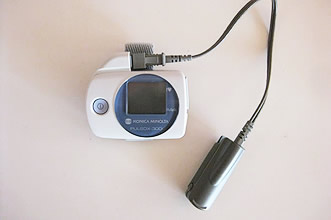
Blood Analysis (Devices Used: Astrim, Tabletop Biochemistry Measurement Device)
A range of blood analyses are possible. In particular, hemoglobin concentration is an indicator of high-altitude acclimatization and high-altitude training effectiveness. At the beginning of a high-altitude stay, hemoglobin concentration due to dehydration is an indicator of high-altitude acclimatization and high-altitude training effectiveness. During this initial period, hemoglobin concentration increases due to dehydration. Depending on the effectiveness of the high-altitude training, it takes about 3 to 4 weeks before red corpuscles and hemoglobin concentration increase.
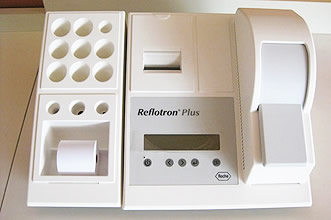
Fatigue Recovery (Device Used: Hyperbaric Chamber)
Because training at high altitudes places a greater burden on the body than at sea level, athletes need to implement recovery measures. The hyperbaric chamber temporarily increases oxygen levels in the body, helping to speed fatigue recovery. Rather than simply inhaling oxygen, the higher pressure in the chamber can increase the amount of oxygen directly dissolved (dissolved oxygen) in body fluids such as blood plasma, lymph fluid, cerebrospinal fluid, and so on. The result is that oxygen is efficiently supplied to all the cells of the body, including those that normally oxygen does not easily reach. In addition, rapid fatigue recovery is believed to play a positive role in high-altitude acclimatization.
